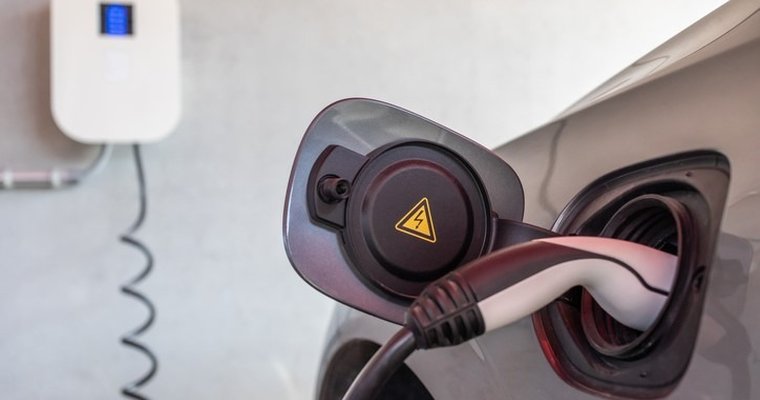
EV charging stations enter a more dynamic phase – EQ Mag Pro
Charging stations are now seen as a place where people can charge their cars while they eat lunch or go shopping.
The electric vehicle industry is growing fast, and the charging industry is also emerging. The EV market is just entering a new stage of development, with new users, trends and opportunities. Below are some insights and predictions for the future of the EV charging industry over the next decade.
The shift to software
The EV charging industry is undergoing a period of rapid change. Long-standing companies are being disrupted by new entrants. They bring more efficient software and lower prices.
The traditional approach to EV charging stations has been to install hardware. This has been used for years without paying attention to how it could be improved or adapted.
However, as the market changes, so will the nature of charging stations.
As EVs become more popular, there will be an increased demand for secure, convenient ways to charge them. In addition, as vehicles become more autonomous, drivers will need a way to charge their cars when they’re not using them.
Until now, these requirements have been met by installing hardware on top of existing utility poles or parking lots. However, this approach limits users’ flexibility in accessing charging services. It can also cause conflicts between nearby charging stations such as along highways.
The shift from hardware to software will add to the value of charging stations. When people hear “software,” they usually think of programs and applications on their computers.
The software can also be used in the physical world, where it helps products and services function more efficiently. For example, the software can manage vehicle fleets or power grids. This is what will happen with EVs as well.
Direct current fast charging
The development of high-speed direct current chargers has already begun, but it’s still in its early stages. These fast chargers are expected to become commercially available soon. This can lead to their widespread adoption by consumers and businesses alike.
As demand for high-speed DC chargers increases, so will their use for public infrastructure projects. This includes parking garages, bus depots and airports.
As more people adopt EVs, there will be greater demand for fast chargers across all industries. This includes healthcare providers such as doctors’ offices and hospitals and transportation companies like Uber. It also includes retail stores like Walmart, hotels and government agencies.
The real estate component
As EVs become more popular, there’s a growing need for charging stations. Charging stations are at locations convenient to EV owners. It can provide many benefits to the community at large.
One of the most important aspects of charging infrastructure is its space requirements. Charging stations must be located in areas where people will use them, so they can’t be too far from existing buildings or parking garages. This means that charging stations will need ancillary parking lots or structures near each station. This is often called “infrastructure creep” because it’s not accounted for in the initial planning or design phases.
Another key aspect of charging infrastructure is its cost. When planning a new charging station, it’s important to consider whether it makes sense economically. Will it pay off in terms of increased sales?
Some businesses may be able to cover their associated costs through higher profits. Others may see no return on investment until long after the project has been completed and customer usage begins to grow beyond expectations.
On-the-go is the future
EV charging stations are becoming more common in the U.S. However, these can be difficult to find, leading many people to stay away from EVs. This is why on-the-go charging is the future of EV charging.
With all the attention on autonomous cars, it’s easy to forget that the ability to charge your car while you’re driving can significantly affect how often and how long you need to stop and charge. That’s why there’s a lot of excitement about the possibility of EVs that can be charged wirelessly while you’re moving around.
Wireless charging sends an electrical current through special pads placed on your vehicle’s battery pack. The pads need to be placed below a metal plate mounted on the roof. When connected, they emit an electromagnetic field that carries energy from one pad to another through an electrical circuit over which your car sits.
The benefit here is that it doesn’t require any physical connection between two devices or wires running into your vehicle’s interior.
The EV charging industry is growing, and the future looks bright. Charging stations are now seen as a place where people can charge their cars while they eat lunch or go shopping. They can also be used by businesses to provide free or discounted charging for their employees.
The demand for electric vehicles is growing rapidly. It’ll continue to grow as long as there’s a need for green transportation options that reduce pollution and help save money on fuel costs.

















